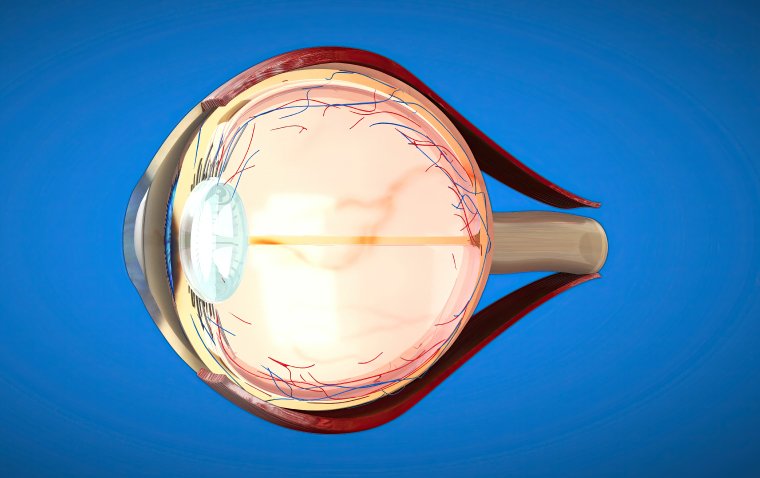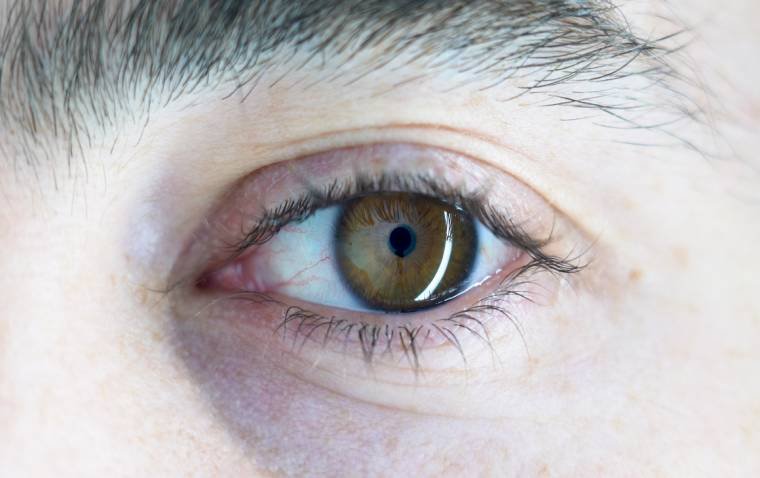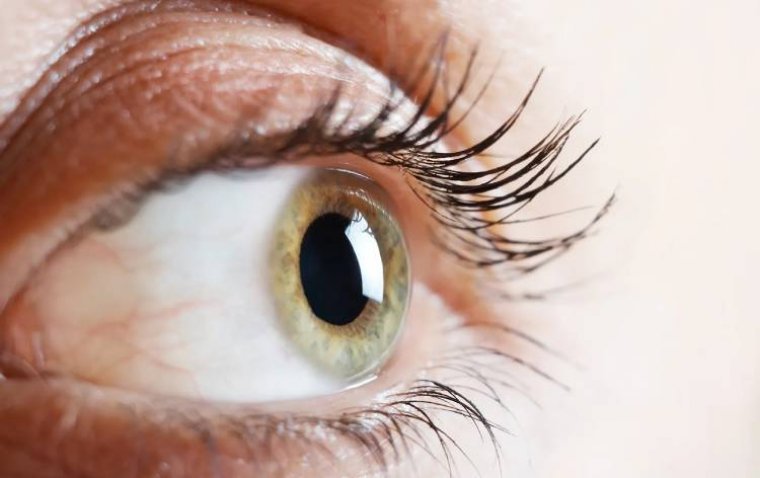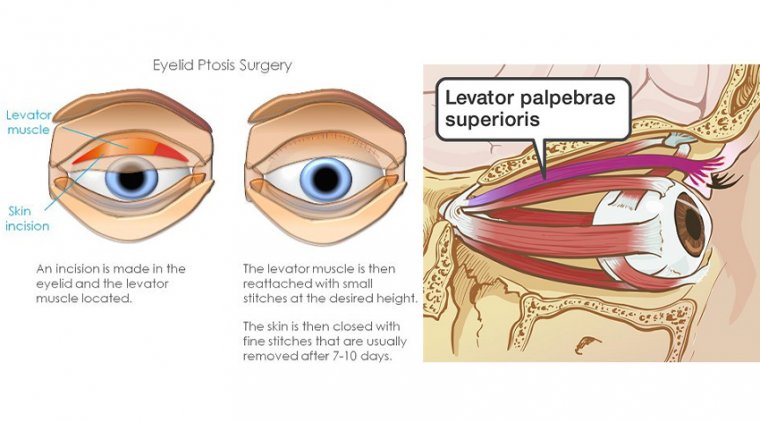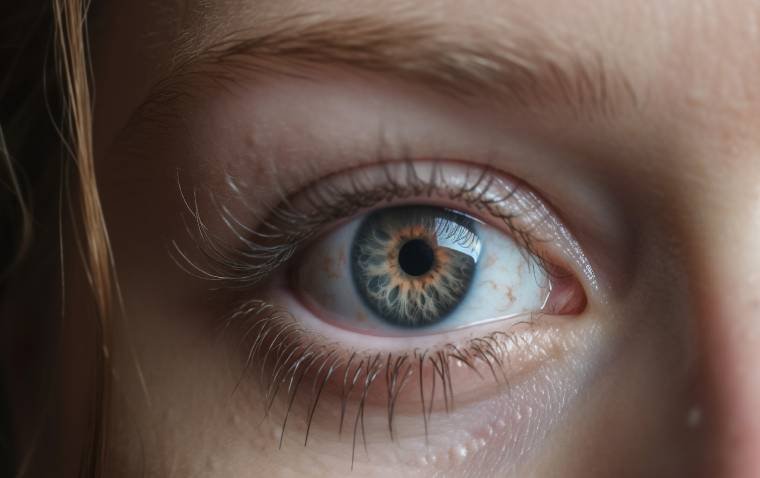
Study Identifies Novel Retinal Disorder Linked to Sudden Vision Loss in Children
A multicenter study led by researchers from the State Key Laboratory of Ophthalmology in China has identified a previously unrecognized retinal disorder in children following a febrile illness. The condition, termed Hyperacute Outer Retinal Dysfunction (HORD), is characterized by sudden bilateral vision loss, photoreceptor disruption, and variable recovery.
Key Findings: Sudden Vision Loss After Febrile Illness
The study, published in JAMA Ophthalmology, examined eight pediatric patients (16 eyes) between the ages of 3 and 7, all of whom experienced severe, sudden-onset vision loss approximately two weeks after a febrile illness.
Despite initial profound vision impairment, most patients demonstrated significant central vision recovery over the course of a year. However, retinal imaging and electrophysiological testing revealed persistent photoreceptor dysfunction, raising concerns about long-term visual outcomes.
Clinical Characteristics of HORD
• Symptoms at Onset:
• Severe bilateral vision loss
• Nyctalopia (night blindness)
• Visual field constriction
• Dyschromatopsia (color vision deficiency)
• Retinal Imaging Findings:
• Optical coherence tomography (OCT): Diffuse ellipsoid zone (EZ) and external limiting membrane (ELM) loss
• Early fundus examination: Largely unremarkable
• Macular Recovery: 75% and 88% of eyes showed EZ and ELM integrity restoration by one year
• Electroretinography (ERG) Results:
• Extinguished rod and cone responses, even in patients with improved visual acuity
Long-Term Outcomes and Recovery
• By Week 4:
• Early signs of macular recovery emerged.
• At One Year:
• 88% of patients (7 of 8) regained visual acuity of 20/40 or better, with 50% (4 of 8) achieving 20/25 or better.
• However, extrafoveal retinal regions remained affected in many cases.
Investigating the Cause: Immune-Mediated Mechanisms?
Comprehensive systemic evaluations did not identify any clear infectious or autoimmune triggers. However, two patients tested positive for specific antiretinal antibodies (anti-PKC γ and anti-Ri), raising the possibility of an immune-mediated pathology.
• Treatments Administered:
• Corticosteroids
• Intravenous immunoglobulin (IVIG)
• Methotrexate (in select cases)
• Despite treatment, the definitive therapeutic effect remained unclear.
How HORD Differs from Other Retinal Disorders
A commentary titled "Hyperacute Outer Retinal Dysfunction—A Retina on Fire" by Timothy Boyce and Ian Han from the University of Iowa suggests that HORD may represent a novel inflammatory-mediated retinal disorder, potentially involving an autoimmune encephalitis-like mechanism.
Comparisons with known retinal diseases:
• Unlike multiple evanescent white dot syndrome (MEWDS) or acute zonal occult outer retinopathy (AZOOR), HORD presents with:
• Severe bilateral involvement
• Only partial visual recovery
• While some features overlap with nonparaneoplastic autoimmune retinopathy (np-AIR), the pediatric onset and hyperacute progression make HORD distinct.
Future Directions: Research and Clinical Implications
Further studies are needed to:
• Determine the underlying cause of HORD
• Identify optimal treatment strategies
• Understand long-term visual prognosis
• Explore potential biomarkers, including novel antiretinal antibodies
This study introduces HORD as a potential new retinal disease entity, highlighting the need for further research into immune-mediated retinal dysfunctions in pediatric patients.
References:
Yizhe Cheng et al, Hyperacute Outer Retinal Dysfunction, JAMA Ophthalmology (2025). DOI: 10.1001/jamaophthalmol.2024.6372
Timothy M. Boyce et al, Hyperacute Outer Retinal Dysfunction—A Retina on Fire, JAMA Ophthalmology (2025). DOI: 10.1001/jamaophthalmol.2024.6488
(1).jpg)
